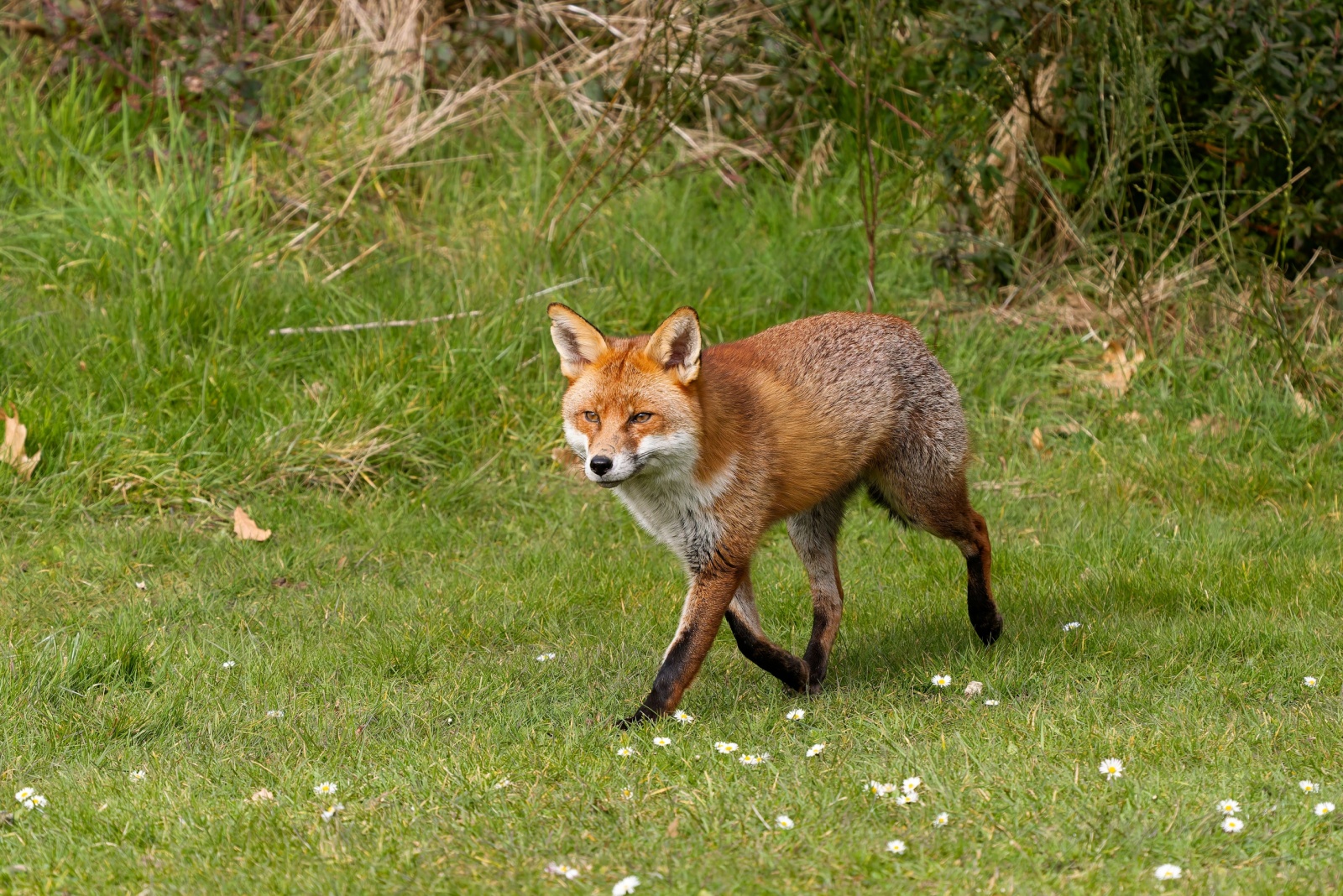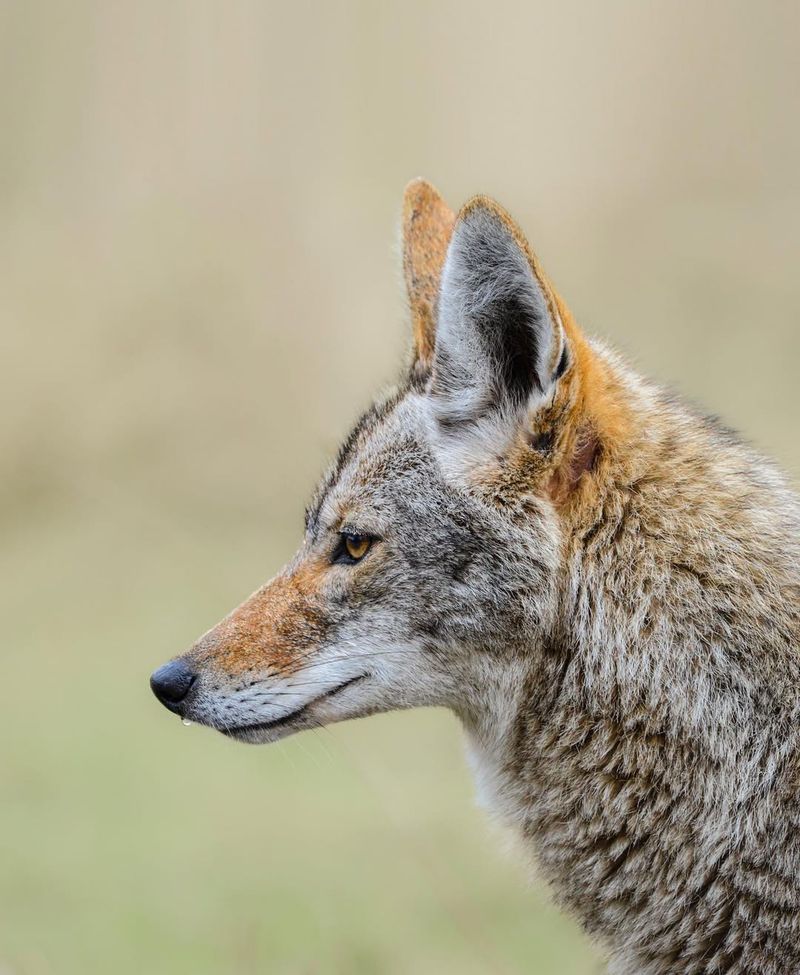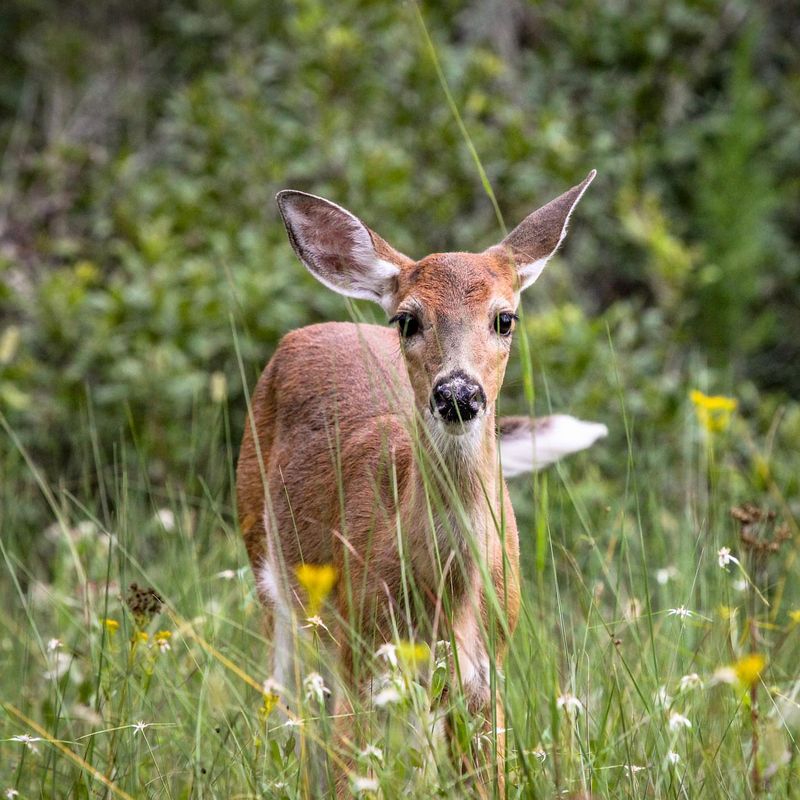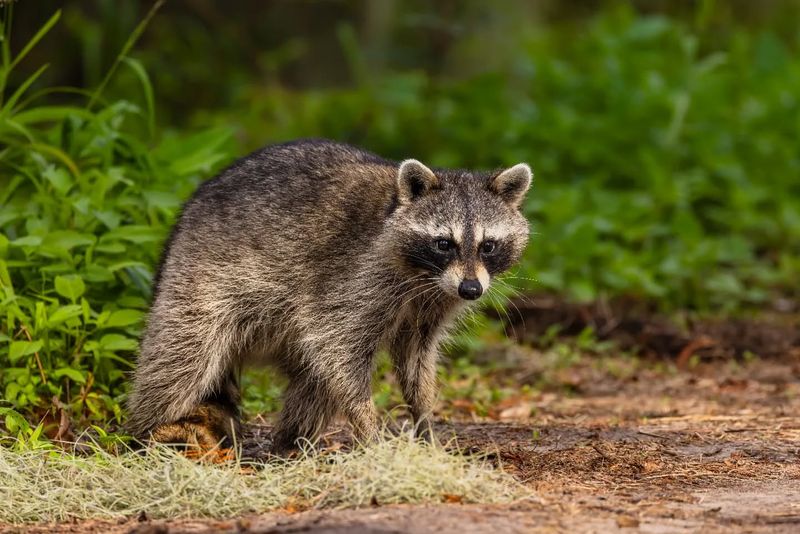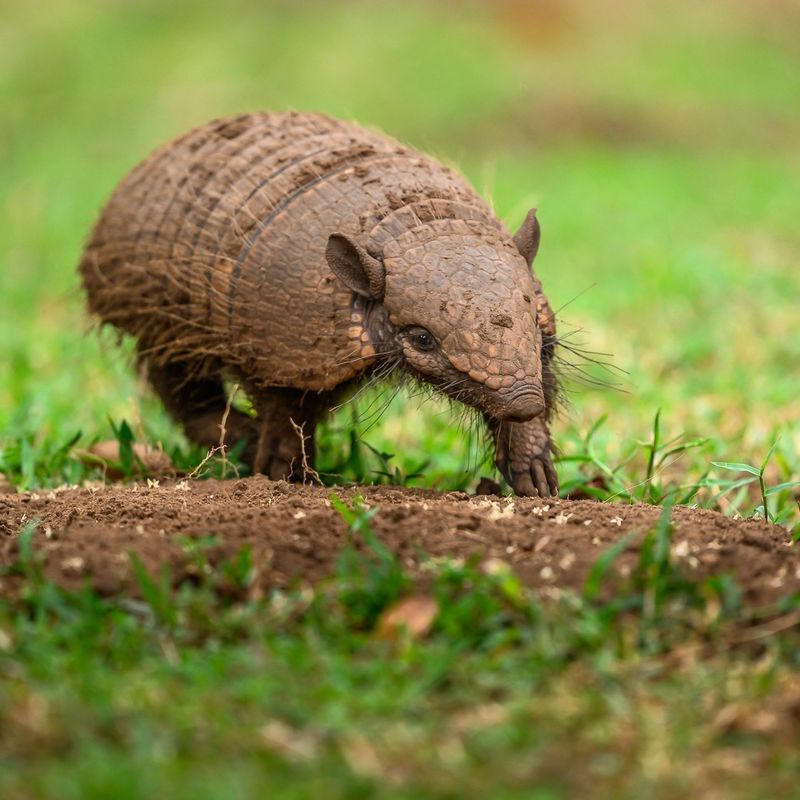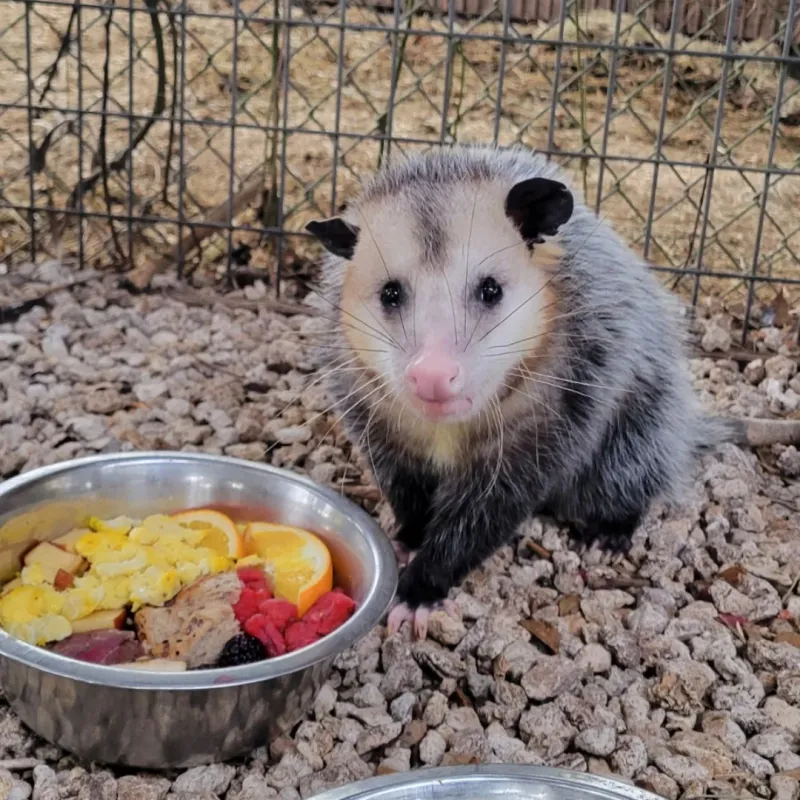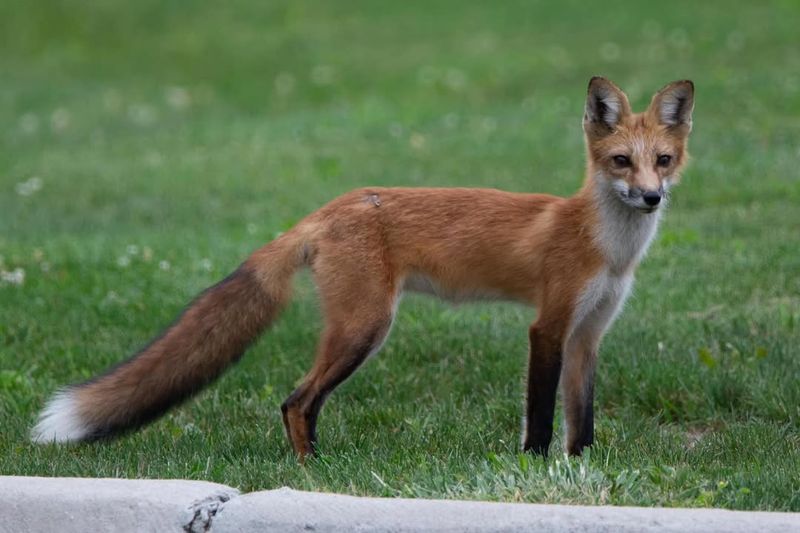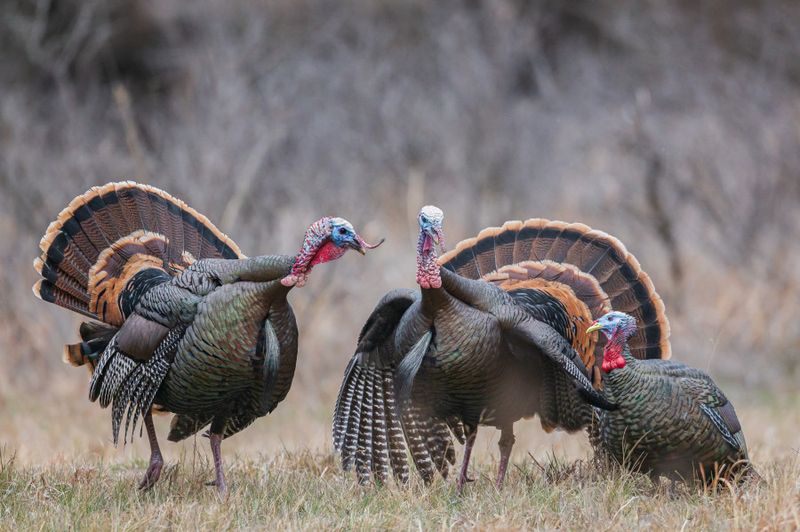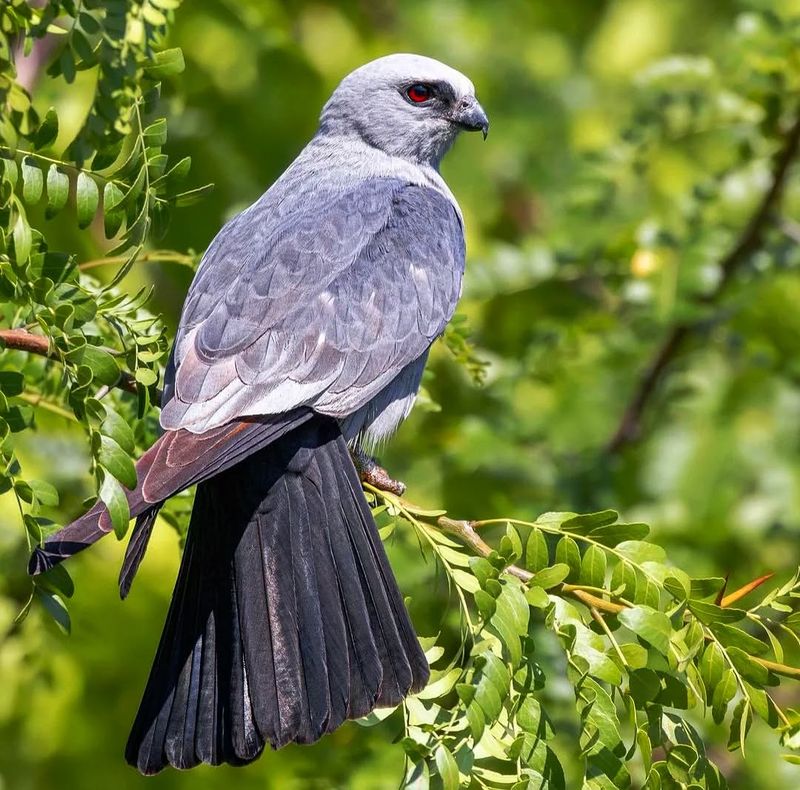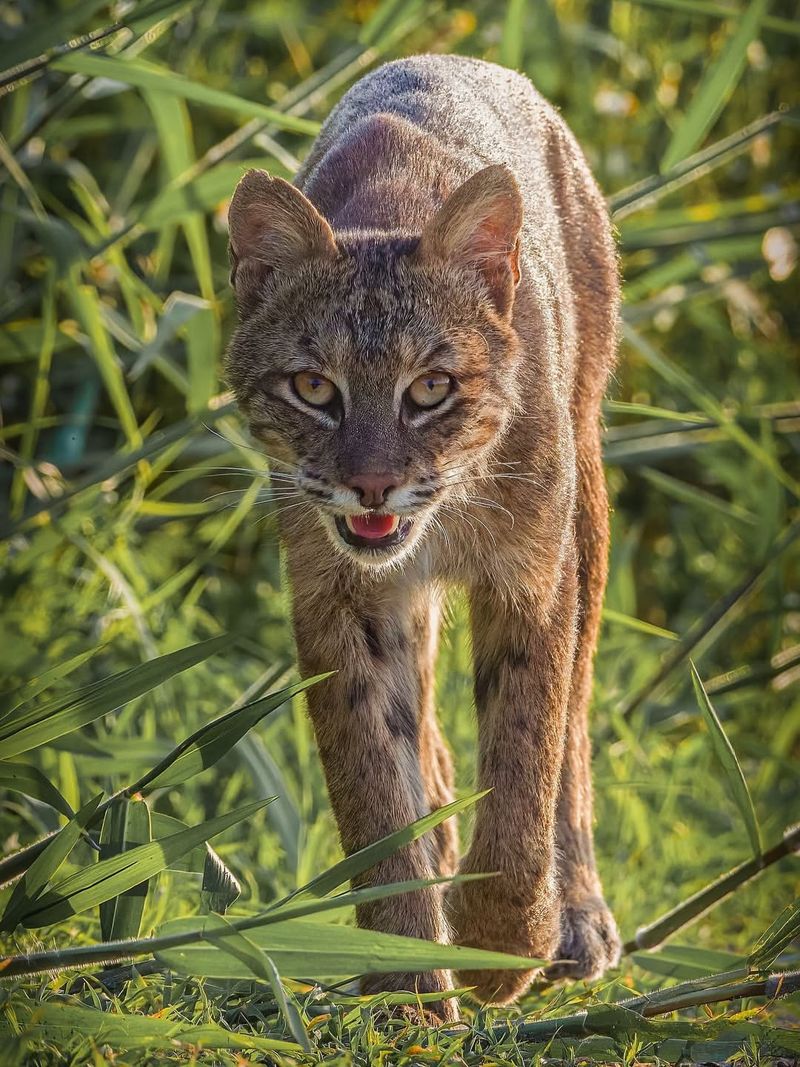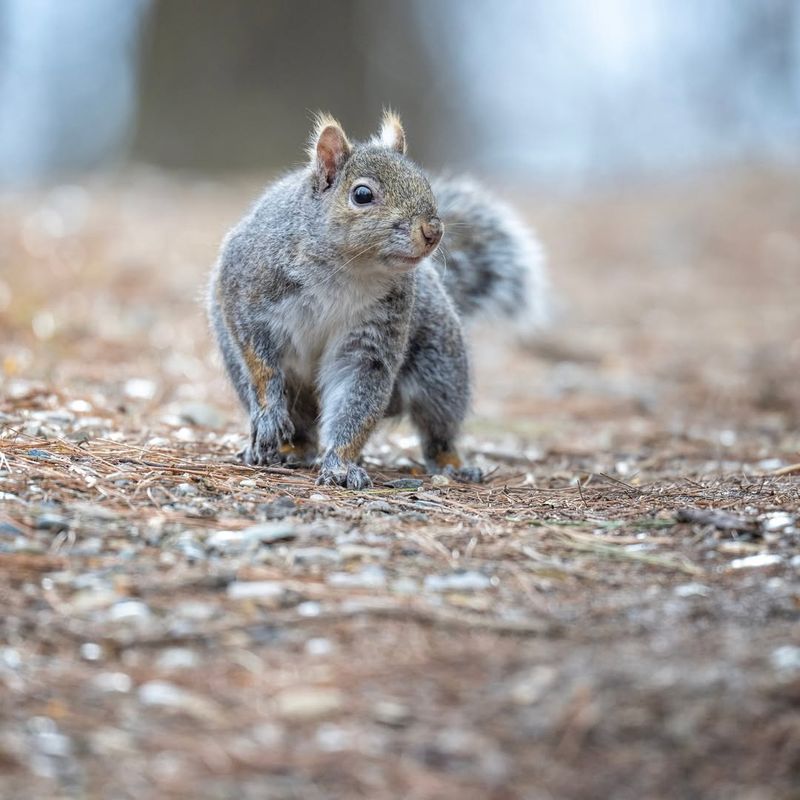Mississippi cities are evolving, and local wildlife is adapting right alongside them. Animals that once stuck to forests and fields are now venturing into neighborhoods and parks.
It’s not unusual to spot raccoons, foxes, or even deer exploring backyards and green spaces. As urban areas grow, these creatures are learning to live closer to people.
I’ve found that knowing who’s moving in helps you coexist more peacefully. A little awareness goes a long way in keeping both your home and your wild neighbors safe.
1. Coyotes
Coyotes have become surprisingly common in Mississippi suburbs, hunting rabbits and rodents near shopping centers and subdivisions. They usually avoid people but adapt quickly to city schedules, often prowling at night when streets are quiet.
Keep pet food indoors and secure your trash cans tightly. Small dogs and cats can attract these clever predators, so supervise outdoor time during dawn and dusk.
If you spot one, make loud noises and wave your arms to scare it away.
2. White-Tailed Deer
With fewer natural predators in cities, deer populations have exploded across Mississippi neighborhoods. Gardens become all-you-can-eat buffets for these graceful browsers who munch on flowers, vegetables, and ornamental plants without hesitation.
Installing tall fencing around gardens helps protect your plants from hungry visitors. Motion-activated sprinklers can startle deer away effectively without harming them.
Remember that feeding deer attracts more wildlife and creates dependency, so resist the temptation despite their adorable faces.
3. Raccoons
Raccoons possess incredibly nimble paws that can open latches, unscrew lids, and even turn doorknobs when searching for food. Mississippi cities provide endless dining opportunities through unsecured garbage bins, pet bowls, and compost piles.
These masked bandits often make dens in attics, chimneys, and crawl spaces during breeding season. Secure trash with bungee cords and bring pet food inside at night.
Never corner a raccoon, as they can become aggressive when threatened or protecting their young.
4. Armadillos
Armadillos dig countless small holes across lawns while hunting for insects, grubs, and earthworms throughout Mississippi neighborhoods. Their nocturnal excavations can damage landscaping and create tripping hazards, frustrating homeowners who wake to cratered yards.
These armored creatures carry leprosy, though transmission to humans remains rare. Wear gloves if handling dead armadillos and discourage them by reducing lawn insects through proper yard maintenance.
Fencing must extend underground since armadillos are excellent diggers and burrowers.
5. Opossums
North America’s only marsupial, opossums eat ticks, cockroaches, and other pests that bother homeowners throughout Mississippi communities. Despite their rat-like appearance and hissing displays, these shy creatures rarely bite and play dead when frightened.
Opossums provide free pest control services and are immune to most snake venom. They prefer hiding under decks, sheds, and porches during daylight hours.
Leaving them alone benefits your property since they consume thousands of disease-carrying ticks each season naturally.
6. Red Foxes
Red foxes have discovered that Mississippi cities offer abundant food sources and fewer large predators than rural areas. Their beautiful russet coats flash through parks, golf courses, and greenways as they hunt mice, rabbits, and insects.
Foxes rarely threaten humans but may carry rabies, so never approach or feed them. They control rodent populations naturally, making them beneficial neighbors despite occasional chicken coop raids.
Secure small pets and livestock properly, especially during spring when foxes feed hungry kits.
7. Wild Turkeys
Wild turkey populations have rebounded dramatically, and flocks now strut boldly through Mississippi neighborhoods, parks, and parking lots. Males become aggressive during spring breeding season, sometimes chasing people, pets, or even attacking their own reflections in car windows.
These large birds scratch up gardens while searching for seeds, insects, and berries. Give them wide berth during mating season when toms display territorial behavior.
Contact wildlife officials if aggressive birds threaten public safety repeatedly in your community.
8. Mississippi Kites
Mississippi kites are graceful raptors that have adapted remarkably well to city living, nesting in tall trees throughout residential areas. They swoop and dive while catching insects mid-flight, performing aerial acrobatics that delight birdwatchers.
During nesting season, protective parent kites sometimes dive-bomb people walking near their trees. Wear hats and take alternate routes if kites nest along your usual path.
These beneficial birds consume countless mosquitoes, cicadas, and grasshoppers, providing natural pest control throughout summer months.
9. Bobcats
Bobcats are elusive wildcats that increasingly hunt in Mississippi suburbs, preying on rabbits, squirrels, and occasionally outdoor cats. Most residents never see these stealthy predators despite living nearby because bobcats are masters of remaining hidden.
Trail cameras often capture nighttime footage of bobcats prowling through yards and greenways. Keep cats indoors and supervise small dogs, especially during twilight hours when bobcats hunt most actively.
Sightings indicate healthy ecosystems, though attacks on humans are extraordinarily rare and typically defensive.
10. Eastern Gray Squirrels
Eastern gray squirrels thrive in Mississippi cities, raiding bird feeders, nesting in attics, and burying nuts throughout lawns and flowerbeds. Their acrobatic antics entertain observers, but they can damage homes by chewing through wood, insulation, and electrical wiring.
Trim tree branches away from rooflines to prevent easy access to your attic. Use squirrel-proof bird feeders or accept that these persistent creatures will share seed with birds.
Squirrels rarely carry rabies but can bite defensively when cornered or handled.

